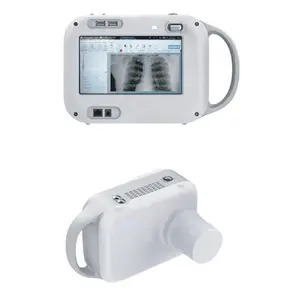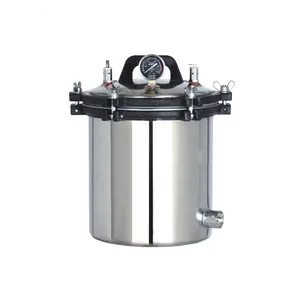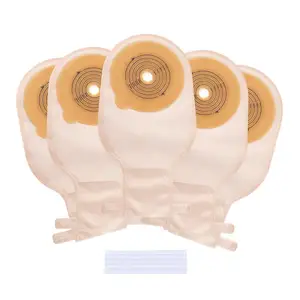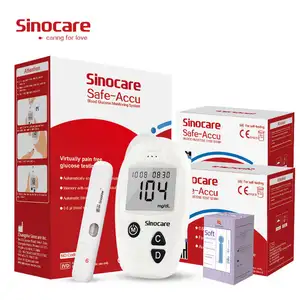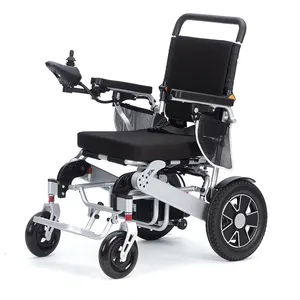Popular in your industry




























































Related Searches:

























 Ready to Ship
Ready to Ship























 Ready to Ship
Ready to Ship
















































 Ready to Ship
Ready to Ship





 Ready to Ship
Ready to Ship











Top categories
About children ventilator
Understanding Children Ventilators
Ventilators for children are critical medical devices designed to provide respiratory support to young patients who are unable to breathe adequately on their own. This category encompasses a range of equipment tailored to the unique anatomical and physiological needs of pediatric patients, from infants to adolescents.
Types and Applications
Pediatric ventilators come in various forms, including intensive care units and portable models for emergency transport. Their applications span across hospital settings, including neonatal intensive care units (NICUs), pediatric intensive care units (PICUs), and during patient transport. Emergency ventilators are also included in this category, designed for rapid deployment in critical situations.
Features and Functionality
A child respiratory ventilator is equipped with features that cater to the delicate nature of pediatric care. These include adjustable tidal volume and gentle pressure settings to protect the child's fragile lungs. Furthermore, pediatric breathing machines often come with user-friendly interfaces to aid medical personnel in quick adjustments and monitoring.
Materials and Design
The construction of children's ventilators involves biocompatible materials that minimize the risk of irritation or infection. The design of a child's ventilator is compact and often lightweight, facilitating ease of use in various healthcare environments.
Advantages of Modern Ventilators
Modern ventilators for children offer several advantages, such as enhanced precision in oxygen delivery and improved monitoring capabilities. These advancements contribute to better patient outcomes and allow for more tailored respiratory support.
Choosing the Right Ventilator
Selecting the appropriate children ventilator requires careful consideration of the patient's size, the required support level, and the specific healthcare setting. It is crucial for healthcare providers to assess the features and specifications of each model to ensure the best fit for their pediatric patients' needs.
